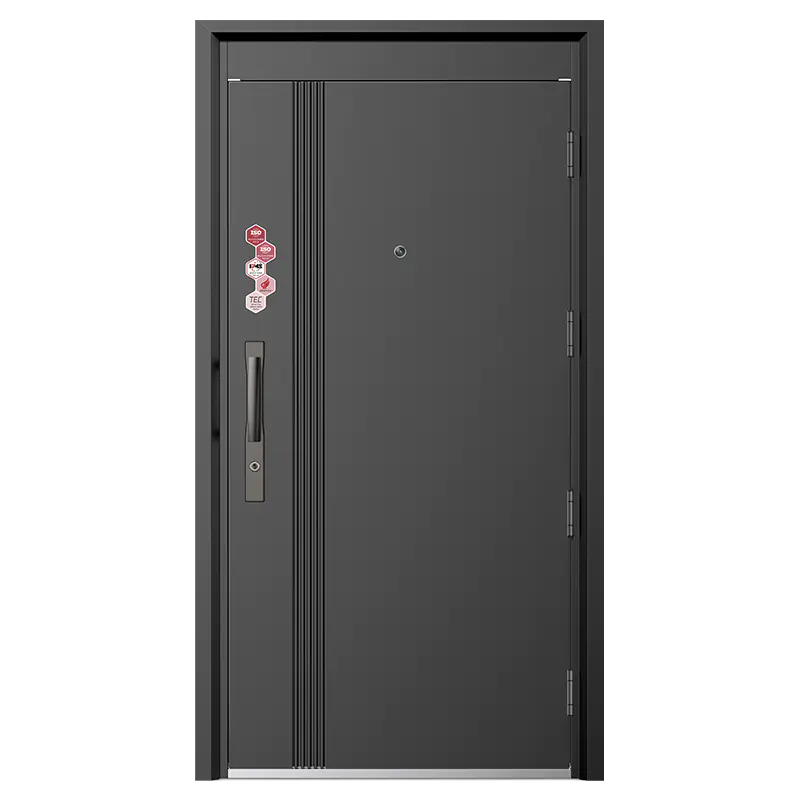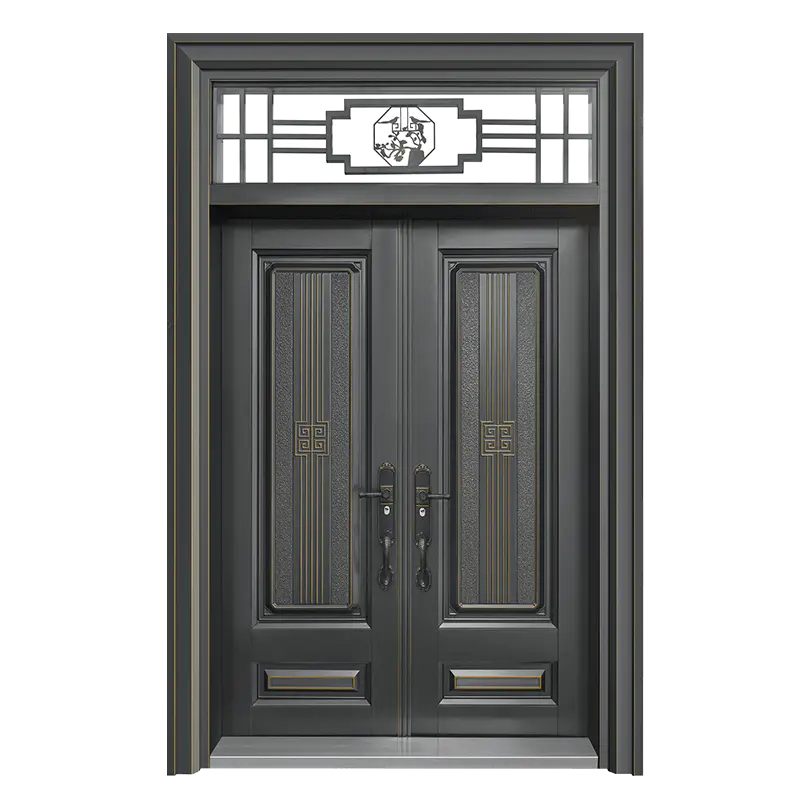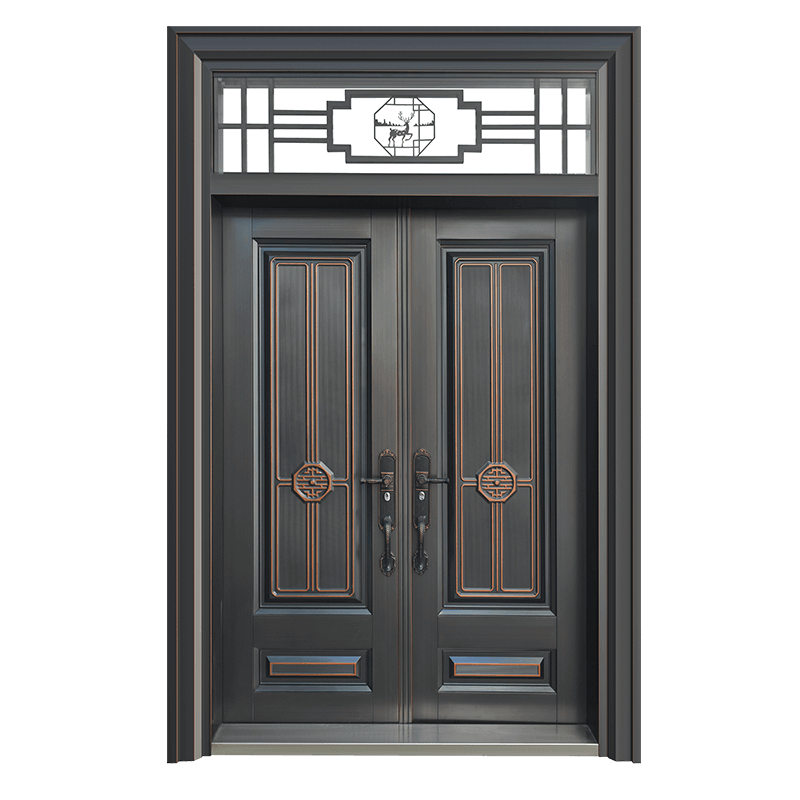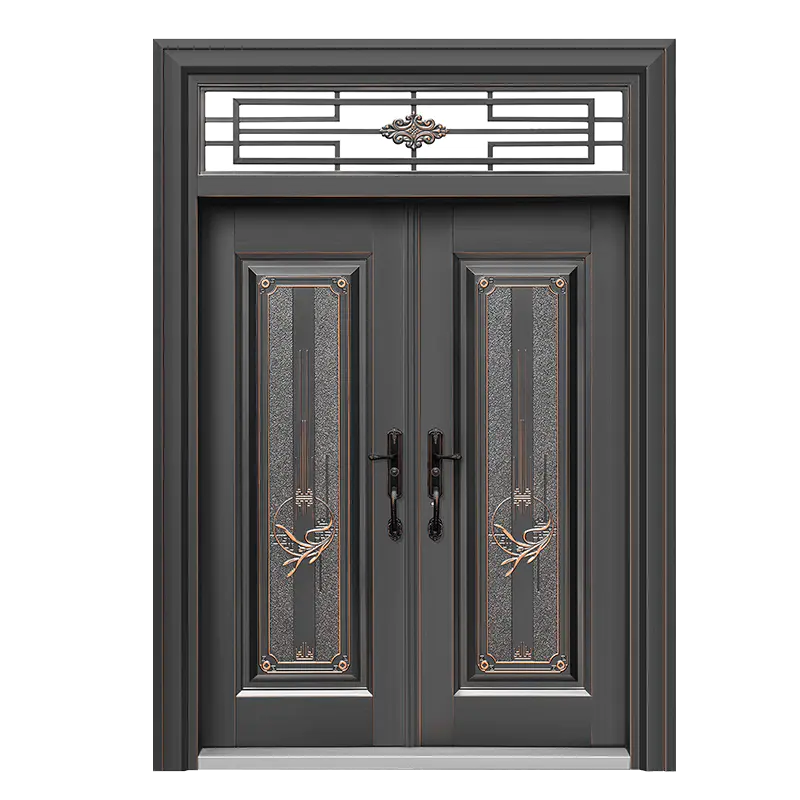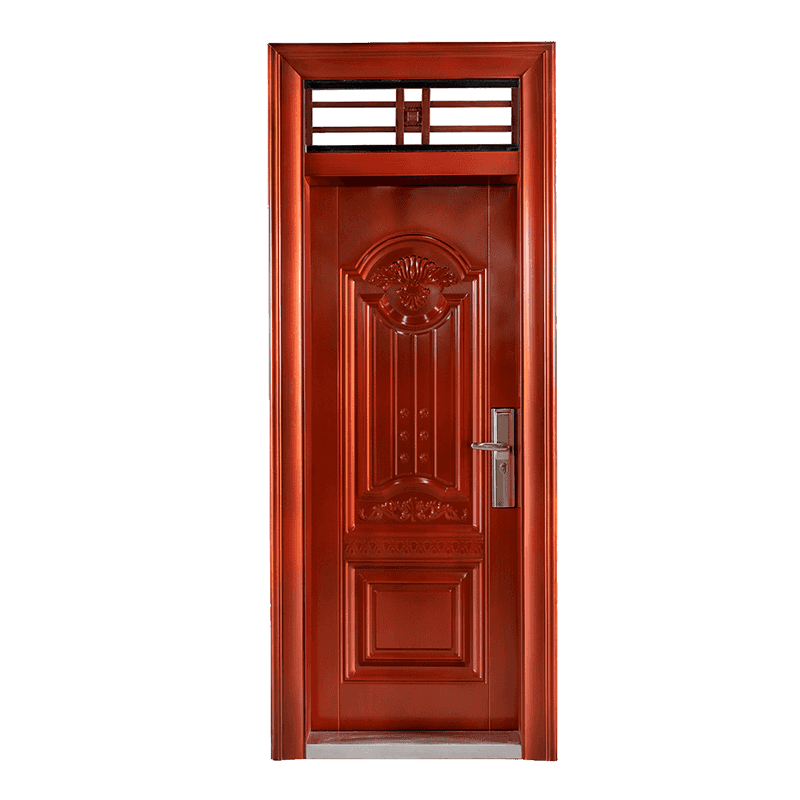Key Advantages of Kitchen And Bathroom Steel Doors Compared to Traditional Wooden Doors
Jun 20, 2025
Durability and Longevity
One of the significant advantages of a Kitchen And Bathroom Steel Door over traditional wooden doors is its good durability. Steel doors are highly resistant to wear and tear, dents, and scratches that commonly affect wooden doors, especially in high-traffic areas like kitchens and bathrooms. Unlike wood, which can warp, crack, or swell due to moisture exposure, steel doors maintain their structural integrity over time, providing a longer-lasting solution for interior spaces prone to humidity and temperature changes.
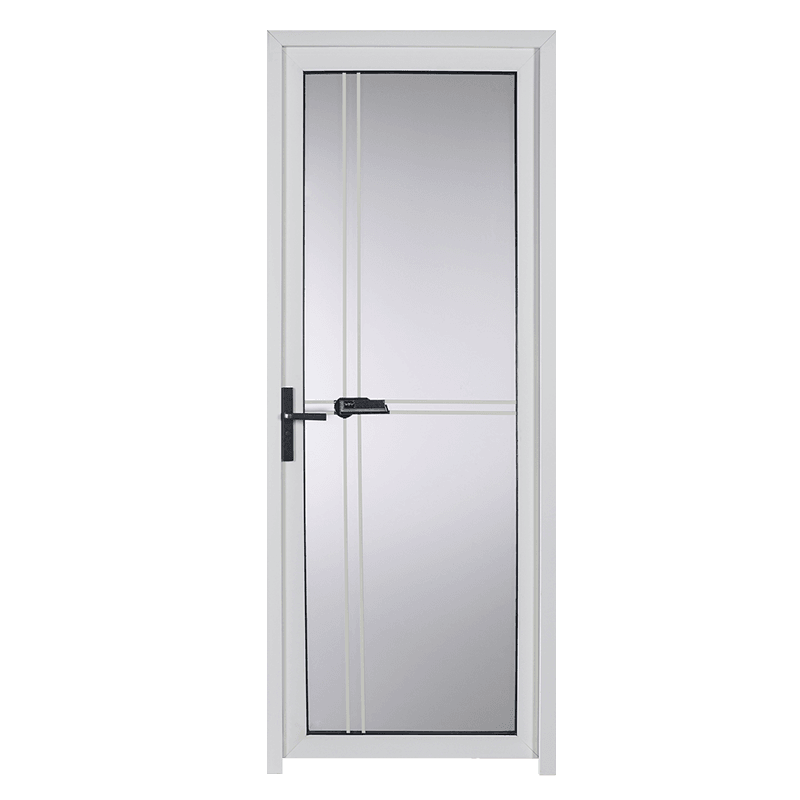
Moisture and Pest Resistance
Kitchens and bathrooms are environments with high humidity and frequent water exposure. Wooden doors, being porous, absorb moisture, causing swelling, warping, and potential rotting. They are also vulnerable to termite and pest damage. In contrast, a Kitchen And Bathroom Steel Door is naturally resistant to moisture and pests. Its metal construction prevents water absorption and pest infestation, making it an ideal choice for these moisture-prone areas, reducing maintenance and replacement costs.
Security and Strength
When it comes to security, steel doors outperform wooden doors significantly. A Kitchen And Bathroom Steel Door offers enhanced protection against forced entry due to its strong, rigid structure. While wooden doors can be broken or kicked in more easily, steel doors provide a solid barrier that adds an extra layer of safety to your home or commercial space. This is particularly important in kitchens where valuable appliances and items are stored or bathrooms where privacy is essential.
Fire Resistance
Steel doors generally provide better fire resistance than wooden doors. Wood is combustible and can contribute to the spread of fire, whereas steel doors can withstand high temperatures without catching fire. This fire-resistant property makes Kitchen And Bathroom Steel Doors a safer option in environments where fire hazards may be a concern, offering additional protection for occupants and property.
Low Maintenance Requirements
Maintaining wooden doors typically requires regular painting, sealing, or varnishing to protect against moisture and damage. Over time, these doors may need frequent repairs or replacements due to decay or insect damage. On the other hand, Kitchen And Bathroom Steel Doors require minimal maintenance. Their surfaces are often coated with rust-resistant finishes that protect against corrosion and stains, allowing easy cleaning with just a damp cloth, which saves time and cost in the long run.
Aesthetic Versatility and Modern Design
Modern Kitchen and Bathroom Steel Doors come in a wide variety of finishes, colors, and styles that can complement diverse interior designs. While wooden doors offer natural warmth, steel doors can be customized with textures, powder coatings, and decorative elements to suit contemporary aesthetics. This versatility makes steel doors a practical choice for both residential and commercial spaces seeking a modern look without compromising functionality.
Environmental Considerations
Steel doors can be more environmentally friendly than wooden doors when sourced responsibly. Steel is recyclable and often contains recycled content, reducing the environmental impact. Wooden doors, especially those made from non-sustainable sources, contribute to deforestation. Choosing a Kitchen And Bathroom Steel Door can align with eco-conscious building practices, promoting sustainability.
Conclusion
In summary, Kitchen and Bathroom Steel Doors offer multiple advantages over traditional wooden doors, including good durability, moisture and pest resistance, enhanced security, fire resistance, low maintenance, aesthetic versatility, and environmental benefits. For kitchens and bathrooms, where conditions can be harsh and demands high, steel doors provide a reliable, long-lasting, and attractive solution that outperforms wooden alternatives in many key aspects.

 English
English 中文简体
中文简体 Français
Français Español
Español عربى
عربى
